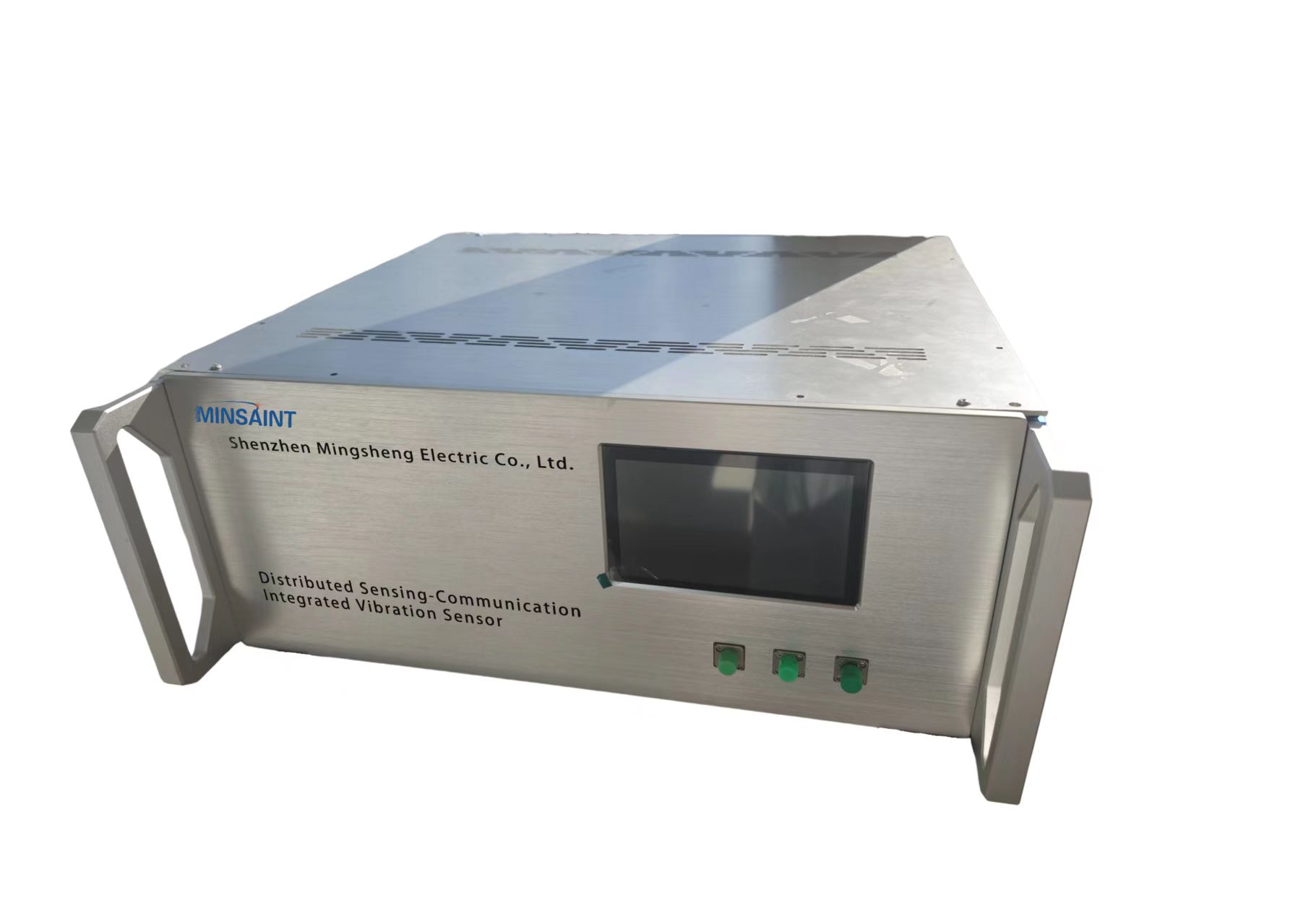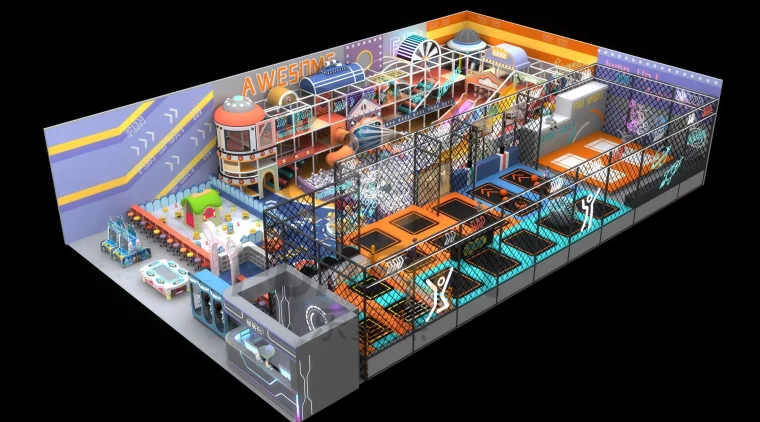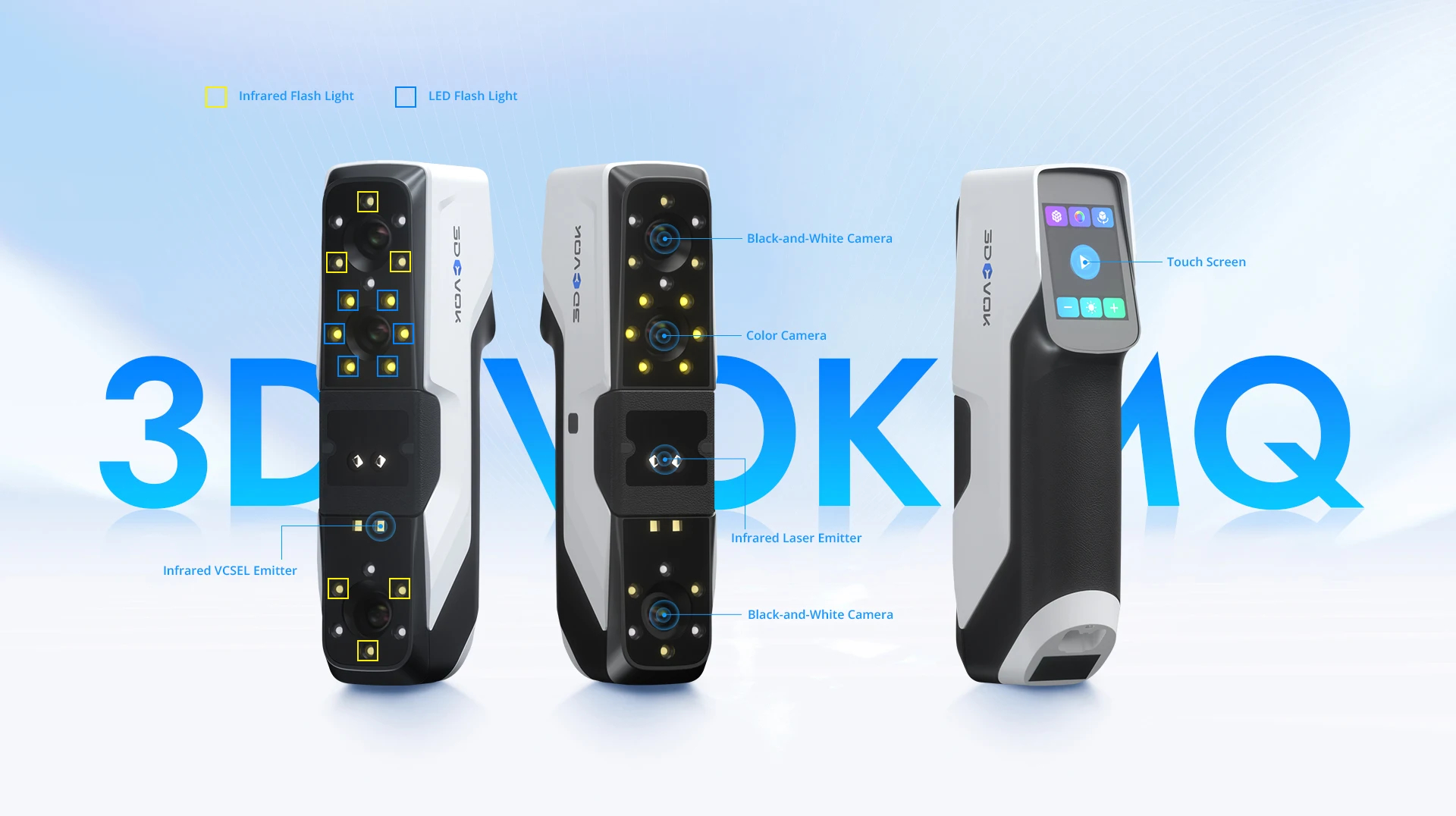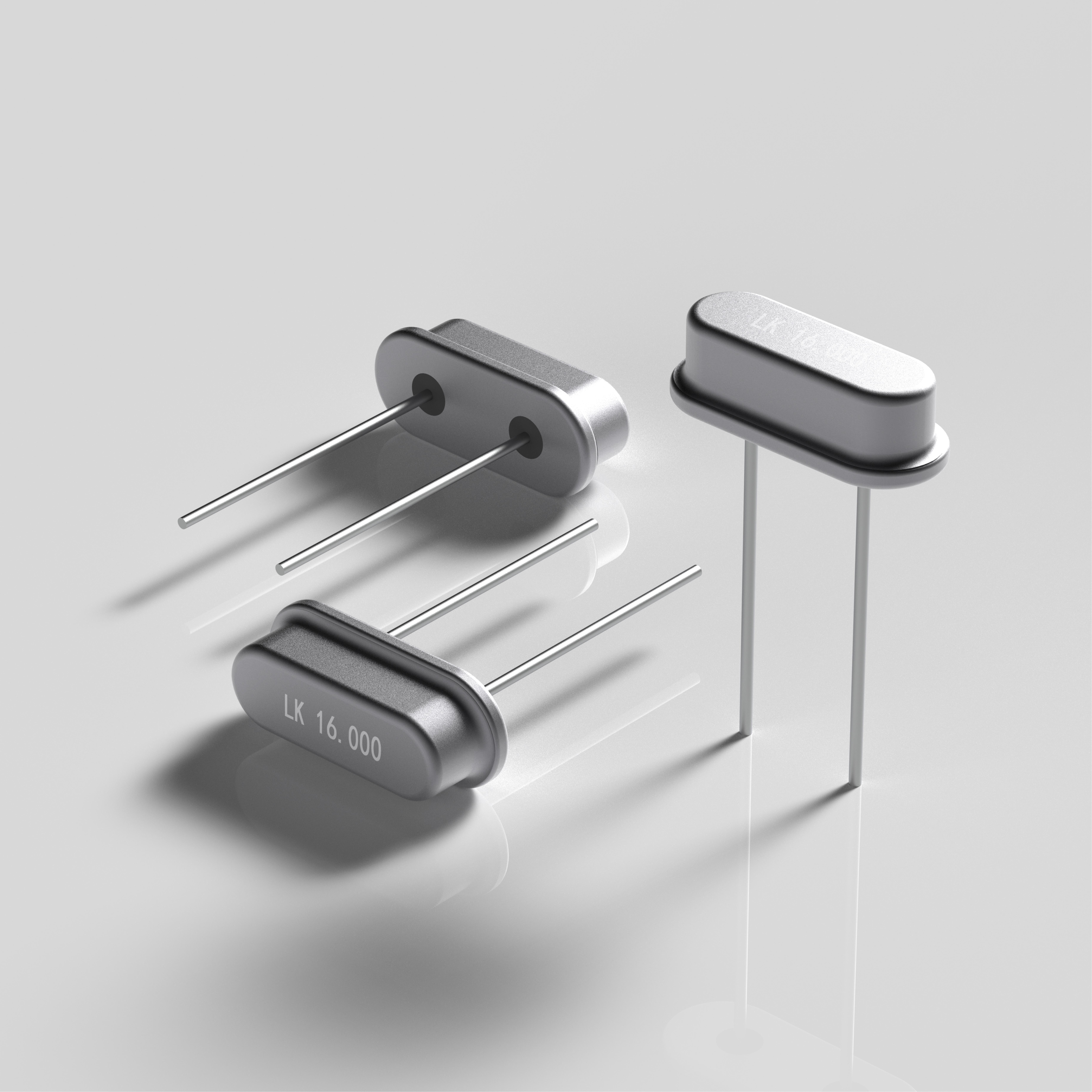In the realm of printing technology, the debate between laser and inkjet printers has persisted for decades. As businesses and individuals seek the most efficient and cost-effective solutions for their printing needs, understanding the nuances of each technology becomes paramount. This article delves into the intricacies of laser and inkjet printers, examining their respective advantages and disadvantages to help you make an informed decision.
Understanding the Basics: How Each Technology Works
Laser Printers utilize a laser beam to produce an image on a drum, which is then transferred to paper using toner. This process is known as electrophotography. The toner, a fine powder, is fused onto the paper through heat, resulting in sharp, high-quality prints. Laser printers are particularly renowned for their speed and efficiency, making them ideal for high-volume printing environments.
Inkjet Printers, on the other hand, operate by spraying tiny droplets of liquid ink onto paper through microscopic nozzles. This technology allows for a wide range of colors and gradients, making inkjet printers particularly effective for printing photographs and images with intricate details. However, the speed of inkjet printers can vary significantly based on the model and the complexity of the print job.
Cost Analysis: Initial Investment vs. Long-Term Expenses
When considering whether a laser or inkjet printer is better, the cost is a significant factor.
Initial Costs: Inkjet printers generally have a lower upfront cost compared to laser printers. This makes them an attractive option for home users or small businesses with limited budgets. However, it is essential to consider the total cost of ownership, which includes ink cartridges and maintenance.
Long-Term Costs: Laser printers tend to have a higher initial price tag, but they often prove to be more economical in the long run. Toner cartridges for laser printers yield significantly more pages than inkjet cartridges, leading to a lower cost per page. For businesses that require frequent printing, the savings can be substantial. Additionally, laser printers typically require less maintenance and have a longer lifespan, further enhancing their cost-effectiveness.
Print Quality: Evaluating Output for Different Needs
The quality of prints is another critical consideration when choosing between laser and inkjet printers.
Text Quality: Laser printers excel in producing sharp, crisp text, making them the preferred choice for printing documents, reports, and other text-heavy materials. The precision of the laser technology ensures that even the smallest fonts remain legible.
Image Quality: Inkjet printers shine when it comes to color accuracy and detail. They are capable of producing vibrant images with smooth gradients, making them ideal for photographers and graphic designers. If your primary printing needs involve high-quality images or photos, an inkjet printer may be the better option.
Speed and Efficiency: Meeting Your Printing Demands
In terms of speed, laser printers generally outperform inkjet printers, especially in high-volume scenarios.
Laser Printers can produce multiple pages per minute (PPM), making them suitable for offices where large quantities of documents need to be printed quickly. The warm-up time for laser printers has also decreased significantly with advancements in technology, allowing for faster first-page output.
Inkjet Printers, while improving in speed, often lag behind laser printers in terms of overall efficiency, particularly for bulk printing tasks. However, for smaller print jobs, inkjet printers can be quite efficient, especially when considering their ability to print in color without additional setup.
Versatility and Usability: Tailoring to Your Needs
When it comes to versatility, both printer types have their strengths.
Laser Printers are typically more suited for standard office tasks, such as printing documents, spreadsheets, and presentations. They can handle a variety of paper sizes and types, but their color printing capabilities may not match that of high-end inkjet models.
Inkjet Printers offer greater flexibility in terms of media types, allowing users to print on various surfaces, including glossy photo paper, labels, and even fabric. This versatility makes inkjet printers a popular choice for creative projects and small businesses that require diverse printing options.
Conclusion: Making the Right Choice for Your Needs
Ultimately, the decision between laser and inkjet printers hinges on your specific printing requirements. If you prioritize speed, cost-effectiveness for high-volume printing, and sharp text quality, a laser printer is likely the better choice. Conversely, if your focus is on vibrant color output and versatility for various media types, an inkjet printer may be more suitable.




